TOP STORY
Inside DPS
Protecting Utah
SBI Holds Third In Series of Trainings for Sex Crimes Investigators
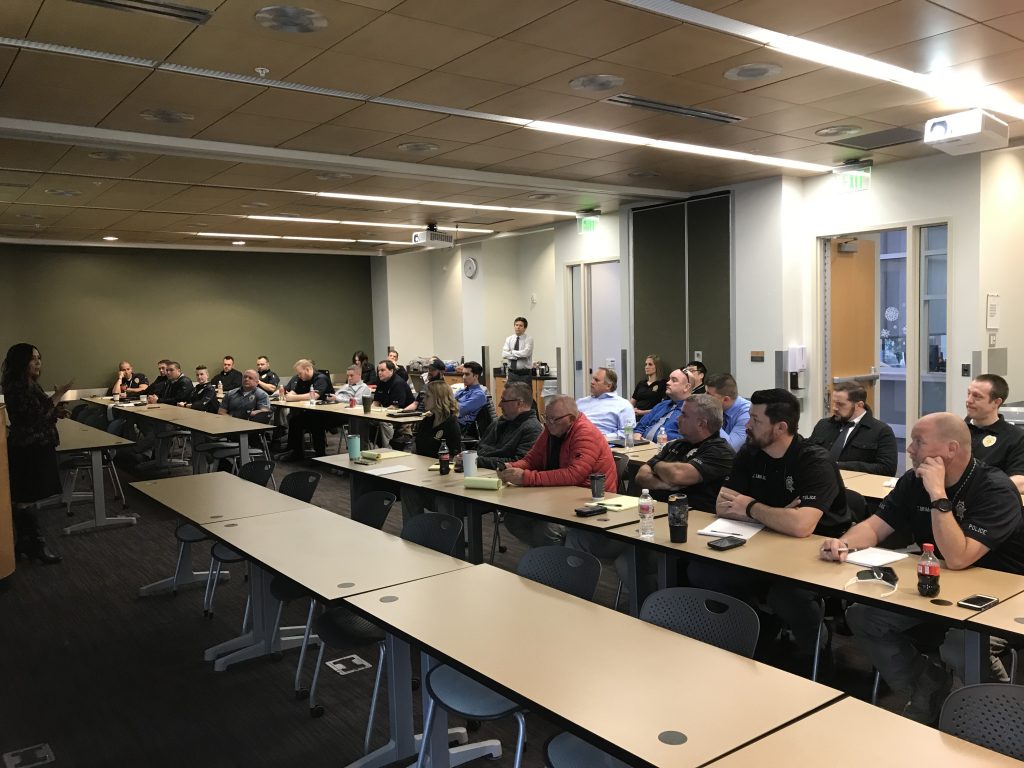
On Tuesday, March 12th, DPS’ State Bureau of Investigation (SBI) held its third in a series of monthly trainings for sex crimes investigators. This session featured scientists from DPS’ state crime lab who presented information about forensic DNA, the processes involved in the testing of DNA samples and the results law enforcement agencies will receive from the crime lab. Nearly 40 officers from agencies throughout the Salt Lake Valley attended, and were joined by Tooele City PD, Granite Schools PD, UTA Police and Department of Corrections investigators.
SBI Agents Steve O’Camb and Derek Coats coordinated the training session and noted in their introductory remarks that the group attending the trainings is growing every month. This session was designed to review evidence flow, Combined DNA Index System (CODIS – read more about CODIS below)* hits and to open lines of communication between the crime lab and investigators.
“Everyone wants to collaborate to bring justice to victims.”
Agent Steve O’Camb
DNA evidence is critical and as sex crimes investigators work with the crime lab to utilize tools like the FBI’s CODIS database, effective communication between the forensic scientists and investigators can help more quickly identify and stop potential public safety threats.
Through their work on SBI’s Sexual Assault Kit Initiative Team, Agents O’Camb and Coats realized that in the past, there have been miscommunications and misunderstandings in the interpretation of lab results when they’re sent back to agencies. “We wanted to help clear those up,” said Agent O’Camb. “We also wanted to show the capacity and capabilities of the crime lab so that moving forward, investigators can capitalize on those.”
Amy Lightfoot, Director of Operations for the State Crime Lab, opened the meeting discussing where the Crime Lab has been in the past regarding DNA evidence, primarily sex assault kits, and where it is going into the future. Amy has indicated that one of her roles is to help review procesess and implement operational improvements. This will help the Crime Lab be in a better position to respond to customer concerns and needs as well as turn-around time on testing evidence.
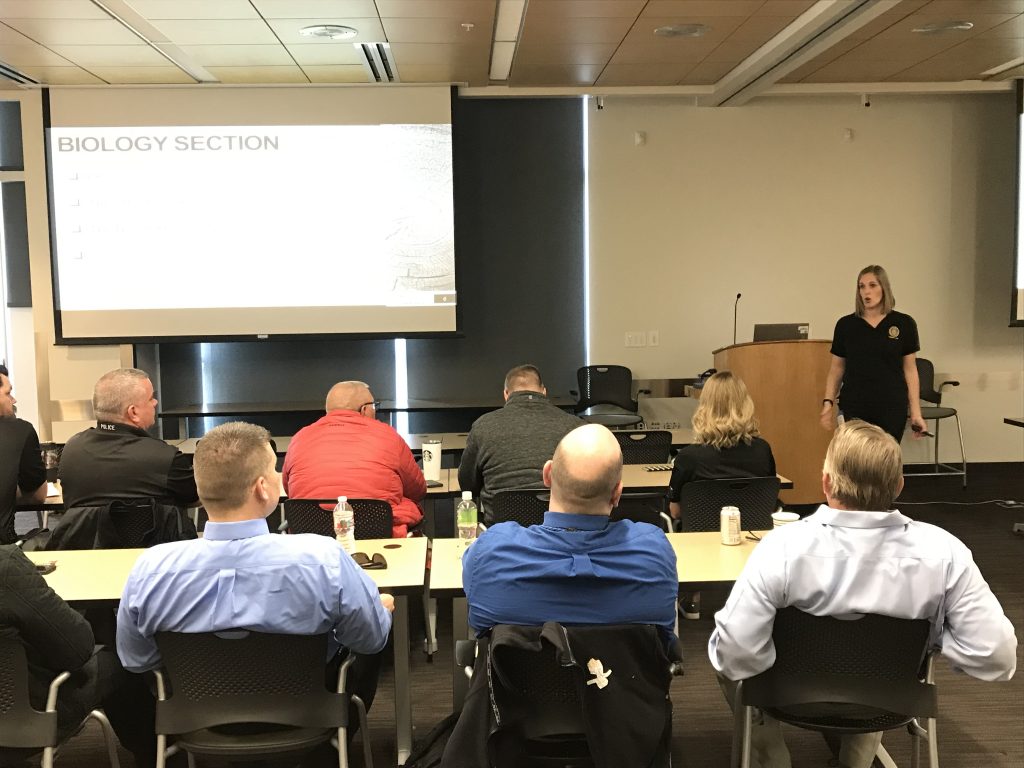
Three forensic scientists, Melissa Richards, Chi-Tai Tang and Meghan Curran, from the crime lab helped present information from the biology and processing of DNA, to sexual assault kit and evidence processing, to the collection of reference samples.
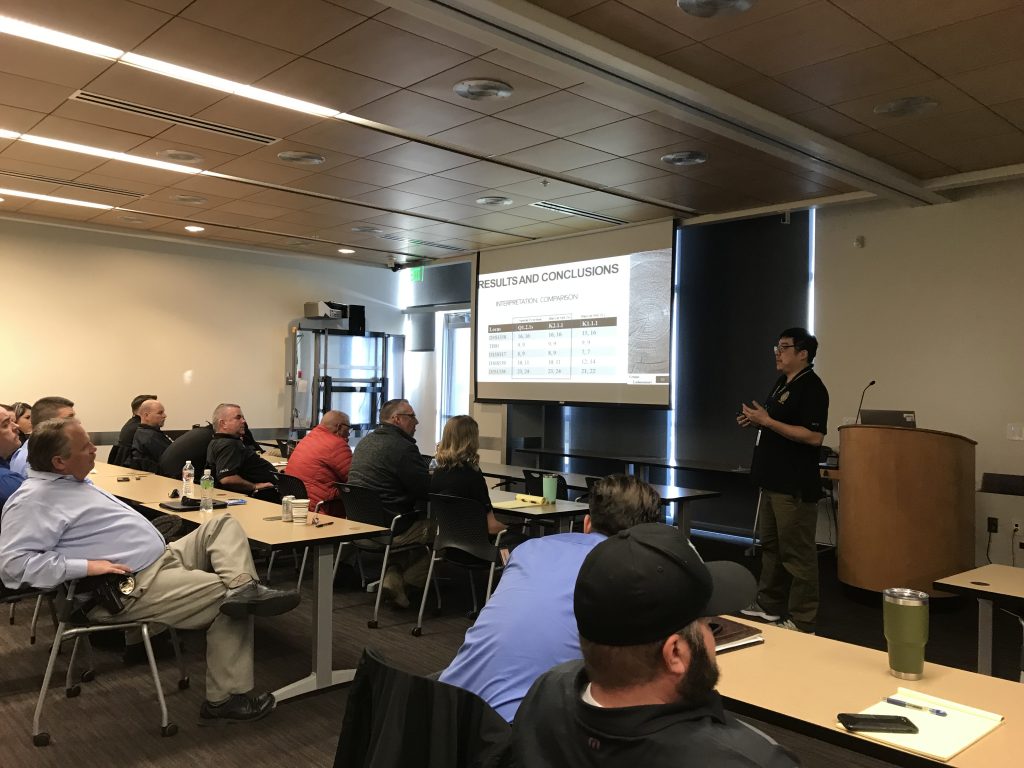
If DNA collected meets the FBI’s standards, the crime lab enters it into CODIS. If a “hit,” or match, is returned, the crime lab notifies the law enforcement agency that submitted the DNA. CODIS hits have a strong possibility of indicating a public safety issue. Therefore, the agencies’ interpretation of the results from the crime lab and the next steps are imperative.
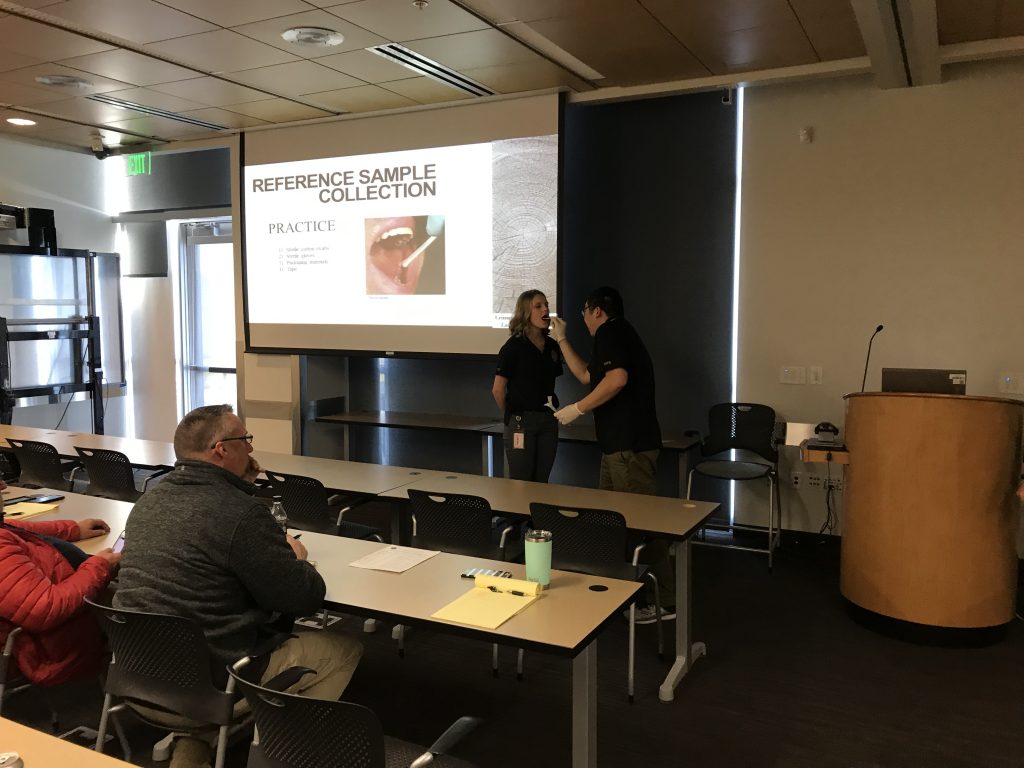
A CODIS hit provides law enforcement agencies with an investigative lead. The match of the forensic DNA record against the DNA record in the database may be used to establish probable cause to obtain an evidentiary DNA sample from the suspect. The law enforcement agency can use this documentation to obtain a court order authorizing the collection of a known biological reference sample from the offender. Chi-Tai Tang spoke about the collection of a reference sample and demonstrated the process involved in getting one. This is a vital step in the process, as it can provide double verification for DNA matches, properly including or excluding potential perpetrators.
CODIS is just one possible tool in the match of forensic DNA to known offender profiles. Just because a profile is not CODIS eligible does not mean that it cannot be compared to a known offender through a special type of DNA analysis commonly referred to as a “Y-STR test.” Contact the Crime Lab if this situation comes up for possible solutions.
The training concluded with a tour of the crime lab. The new facility opened in 2017 and has improved the crime lab’s capabilities and effectiveness. The tour helped provide another aspect of transparency for the investigators, as they can now see where the samples they submit go and are tested and see the capabilities of the crime lab first hand.

Agents O’Camb and Coats have additional trainings planned and scheduled each month (read about last month’s training here). Next month’s training topic is Trauma Informed Interviewing, presented by Marlesse Jones from the Utah Prosecution Council. This is a direct result of the legislature’s focus on implementing statewide training on trauma informed investigations.
The March session helped to strengthen the lines of communication and the overall collaboration between the crime lab and sex crimes investigators. Moving forward, this will enhance the ability of all entities to help achieve the goal of bringing justice to victims.
* What is CODIS?
CODIS is the acronym for the Combined DNA Index System and is the generic term used to describe the FBI’s program of support for criminal justice DNA databases as well as the software used to run these databases. The National DNA Index System or NDIS is considered one part of CODIS, the national level, containing the DNA profiles contributed by federal, state, and local participating forensic laboratories. Profiles submitted to CODIS have to meet minimum eligibility requirements.
What happens after there is a hit in the DNA database?
CODIS was designed to compare DNA evidence obtained at a crime scene against the DNA records contained in the database for convicted offender samples. A software match is just the beginning of the confirmation. Laboratories involved in the match exchange information to verify the match and establish coordination between their two agencies. The match of the forensic DNA against the offender DNA sample in the database may be used to establish probable cause to obtain a confirmation DNA sample from the suspect. The law enforcement agency can use this documentation to obtain a court order authorizing the collection of a known biological reference sample, often called a buccal swab, from the offender.

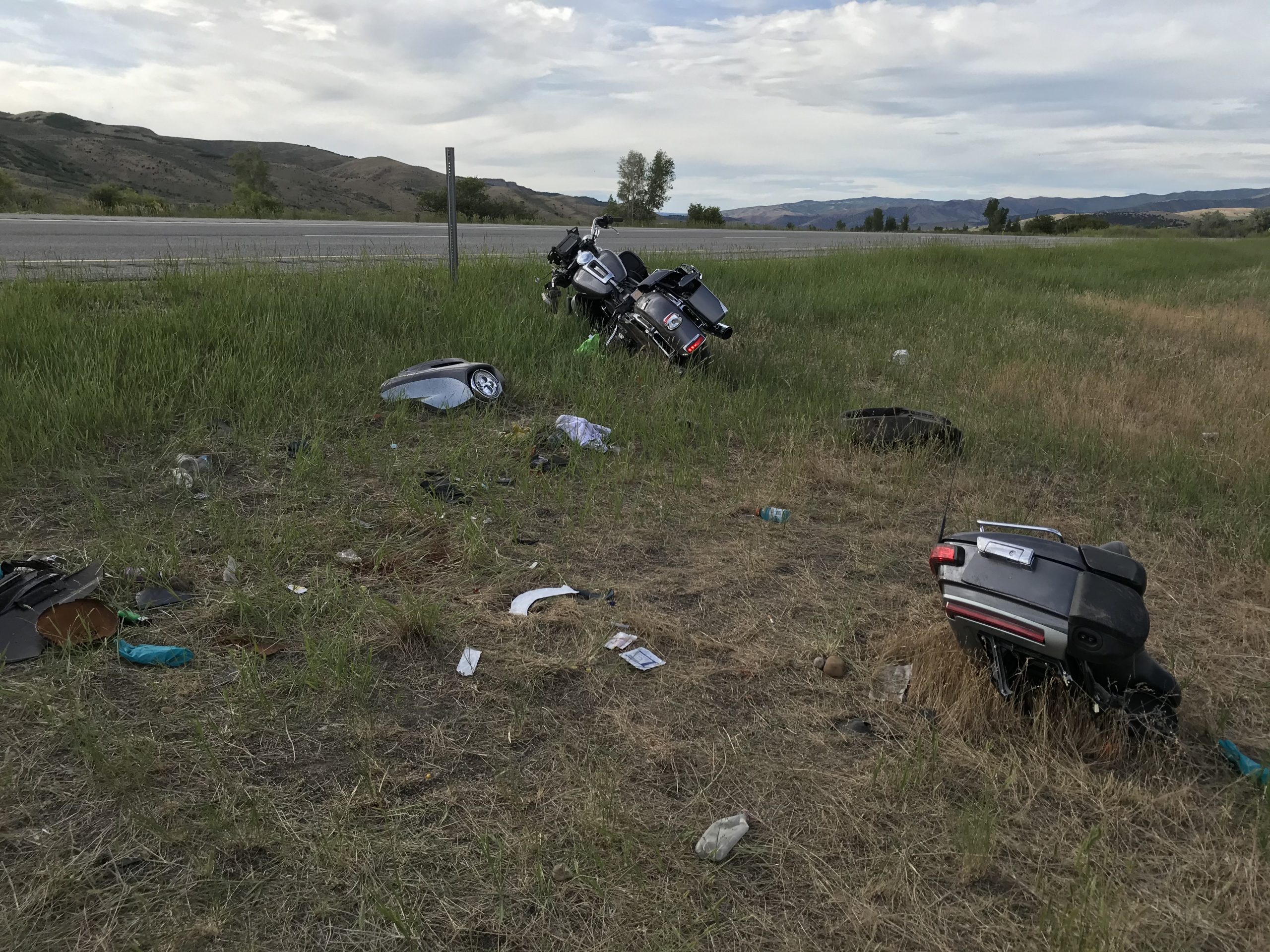





SHARE THIS STORY